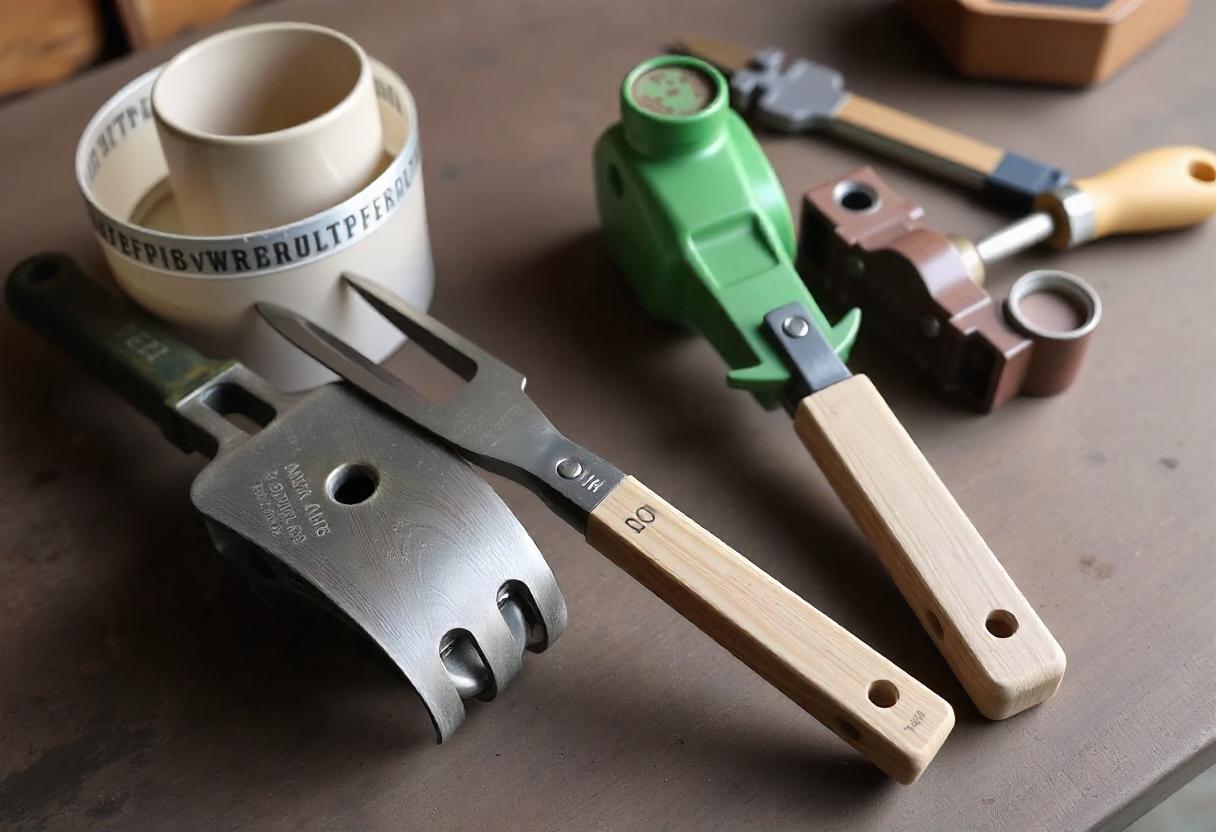
Agriculture tools and equipment are essential for the efficient and effective management of farming operations. They range from simple hand tools to complex machinery, each designed to improve productivity, precision, and sustainability in various agricultural practices. Understanding the different types of tools and equipment available can help farmers and agricultural professionals select the right tools for their specific needs.
Hand Tools
Hand tools are fundamental in agriculture and are often used for tasks that require manual precision and control. Common hand tools include:
- Shovels and Spades: Used for digging, lifting, and turning soil. Shovels are ideal for moving loose materials, while spades are suited for cutting through soil and roots.
- Rakes: Employed for leveling soil, collecting debris, and preparing seedbeds. Rakes come in various designs, including leaf rakes and garden rakes, each tailored to specific tasks.
- Hoe: A versatile tool used for weeding, cultivating, and digging. Hoes can be modified for different soil conditions and crop types.
- Pruners and Shears: Essential for trimming and shaping plants and trees. Pruners are used for cutting small branches, while shears are designed for larger, thicker branches.
Soil Preparation Equipment
Soil preparation is a critical step in agriculture, and several tools and machines are used to prepare the soil for planting:
- Plows: Used to break up and turn over soil, plows help in preparing the seedbed and incorporating organic matter. There are different types of plows, including moldboard, disk, and chisel plows.
- Cultivators: Designed for shallow tillage, cultivators help in aerating the soil and controlling weeds. They can be used in conjunction with other soil preparation equipment.
- Harrows: Used to break up clumps of soil and smooth the seedbed. Harrows come in various configurations, including disc harrows and tine harrows.
- Rotary Tillers: Equipped with rotating blades or tines, rotary tillers are used for thorough soil mixing and preparation, making them ideal for seedbed preparation and garden cultivation.
Planting Equipment
Efficient planting is crucial for crop success, and several types of planting equipment are used to ensure accurate and consistent planting:
- Seed Drills: Machines that plant seeds at precise depths and spacing. Seed drills can be adjusted to handle different seed types and planting conditions.
- Planters: Designed for planting larger seeds, such as corn and beans, planters can place seeds at specific depths and distances, ensuring uniform crop spacing.
- Transplanters: Used for planting seedlings and young plants. Transplanters can be manual or mechanized, and they help in planting seedlings quickly and accurately.
Irrigation Systems
Irrigation systems are essential for providing crops with the necessary water for growth. Common irrigation equipment includes:
- Sprinklers: Distribute water over crops in a manner similar to natural rainfall. Sprinkler systems can be stationary or moveable, and they are used for large and small-scale irrigation.
- Drip Irrigation: Delivers water directly to the plant roots through a network of tubes and emitters. Drip irrigation is highly efficient and reduces water wastage.
- Furrow Irrigation: Involves creating channels between crop rows to direct water to the plant roots. This method is often used for row crops and can be adapted to different soil types.
Harvesting Equipment
Harvesting equipment is designed to efficiently collect mature crops from the field. Key harvesting tools and machines include:
- Combine Harvesters: Multi-functional machines that can harvest, thresh, and clean grain crops in a single pass. Combine harvesters are essential for large-scale grain production.
- Reapers: Used for cutting and collecting cereal crops. Reapers can be equipped with various attachments to handle different crop types.
- Forage Harvesters: Designed for chopping and collecting forage crops, such as corn and grass. Forage harvesters help in processing feed for livestock.
- Pickers: Used for harvesting fruits and vegetables. Mechanical pickers can be adapted to different types of produce, including berries, apples, and tomatoes.
Maintenance and Repair Tools
Proper maintenance and repair of agricultural equipment are vital for ensuring long-term functionality and efficiency:
- Wrenches and Socket Sets: Essential for assembling, disassembling, and adjusting machinery components. Wrenches come in various sizes and types, including adjustable and socket wrenches.
- Grease Guns: Used for lubricating moving parts of machinery to prevent wear and ensure smooth operation.
- Diagnostic Tools: Equipment such as multimeters and pressure gauges are used to diagnose and troubleshoot mechanical and electrical issues in machinery.
Agriculture tools and equipment are integral to modern farming, helping to streamline operations, increase productivity, and support sustainable practices. By understanding and effectively utilizing these tools, farmers can optimize their agricultural practices and achieve better results.